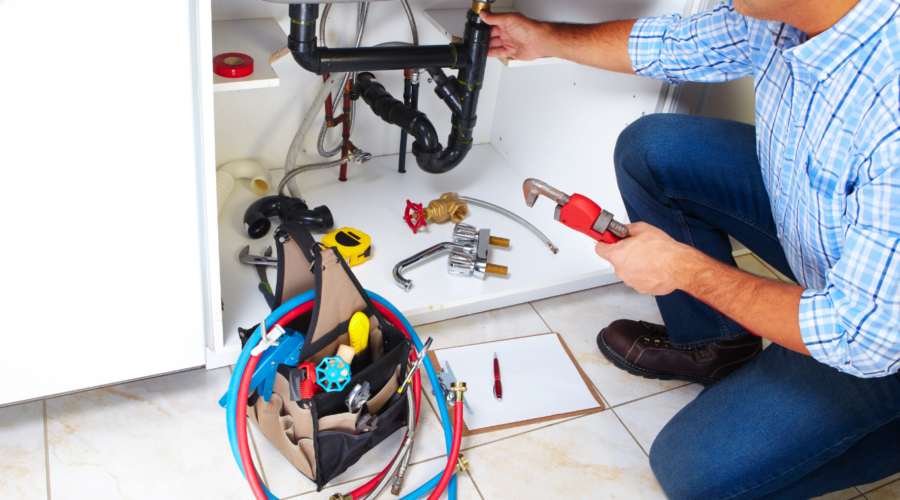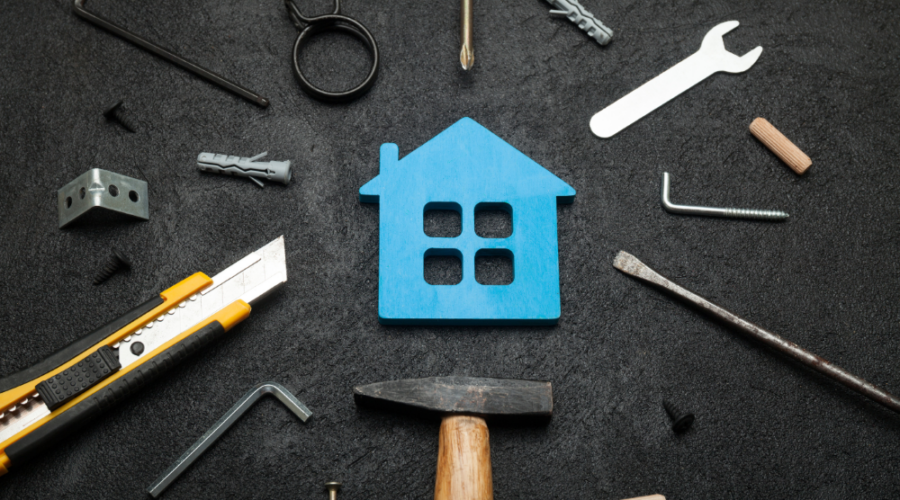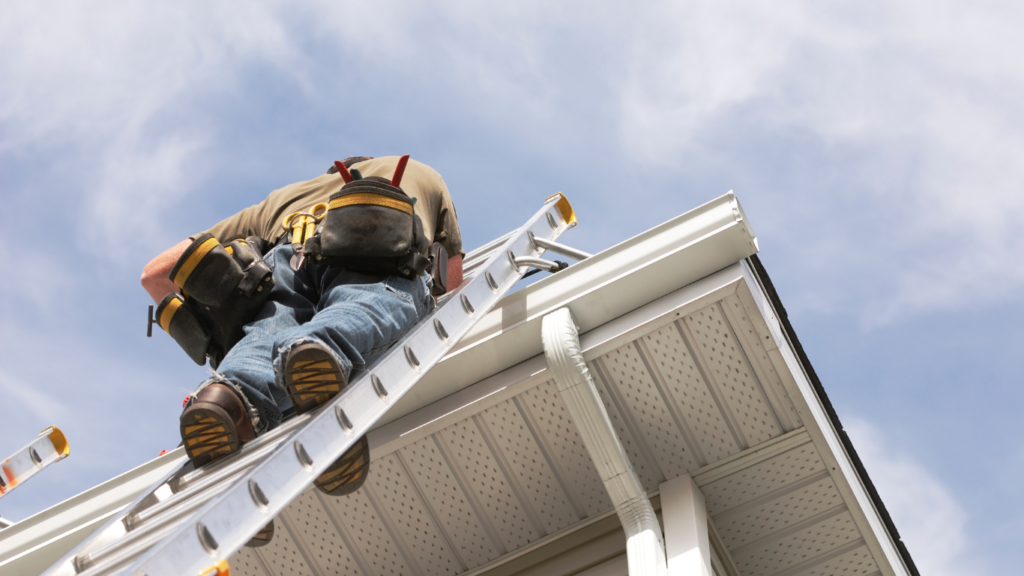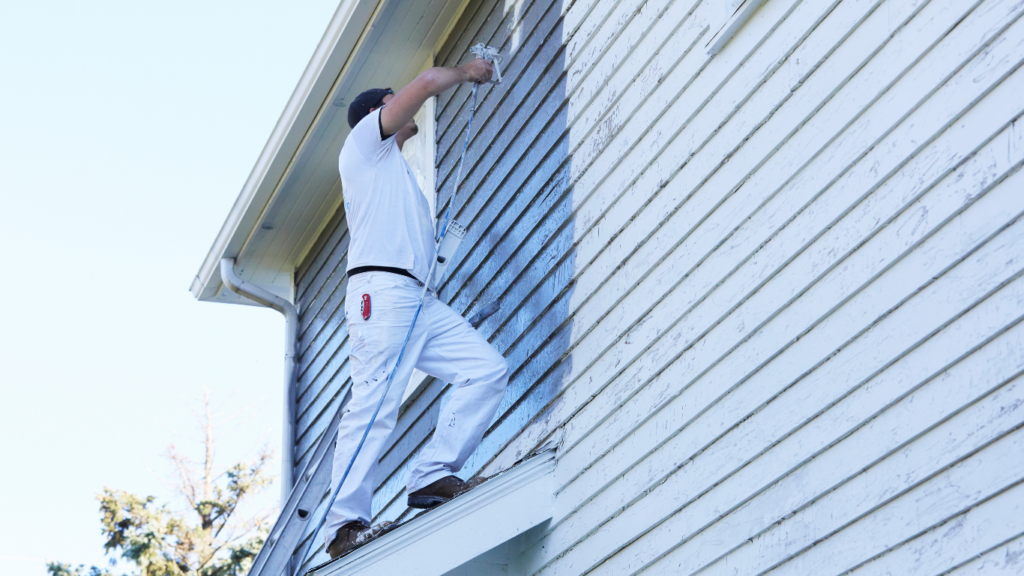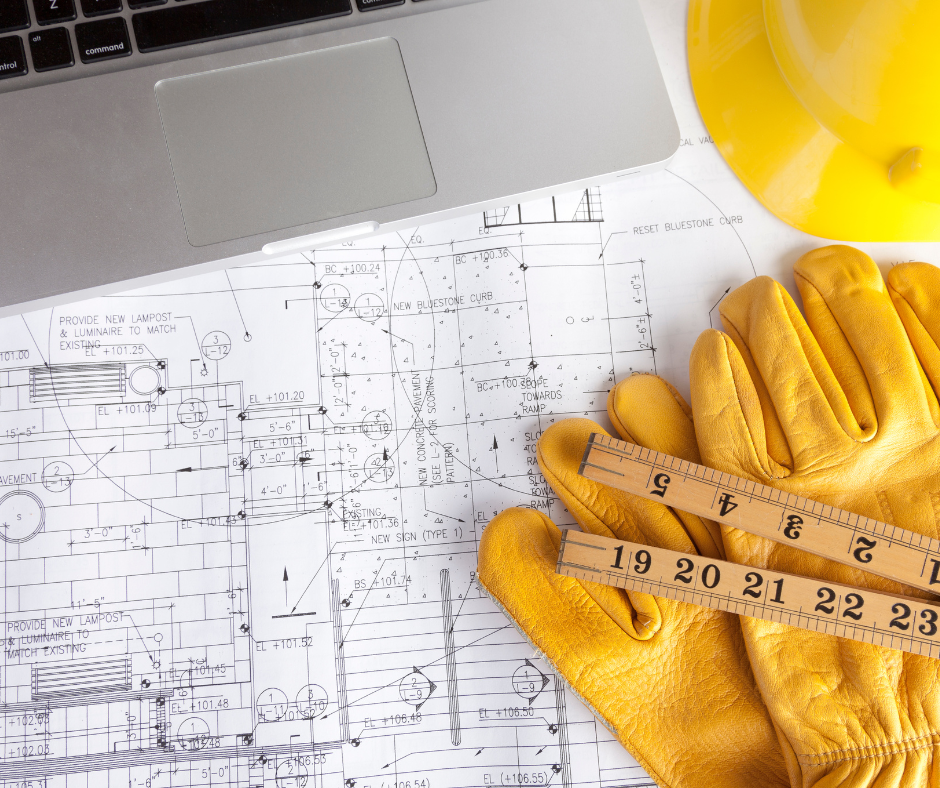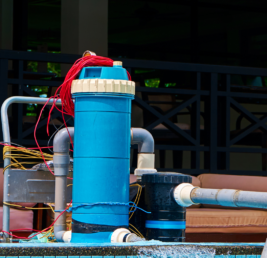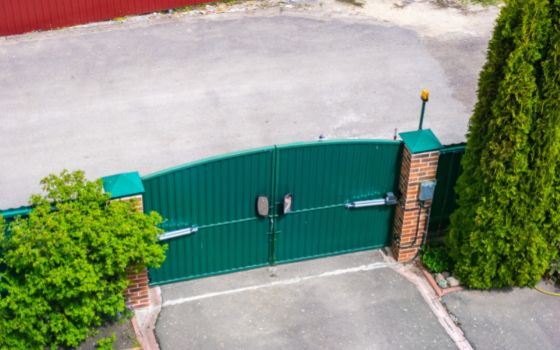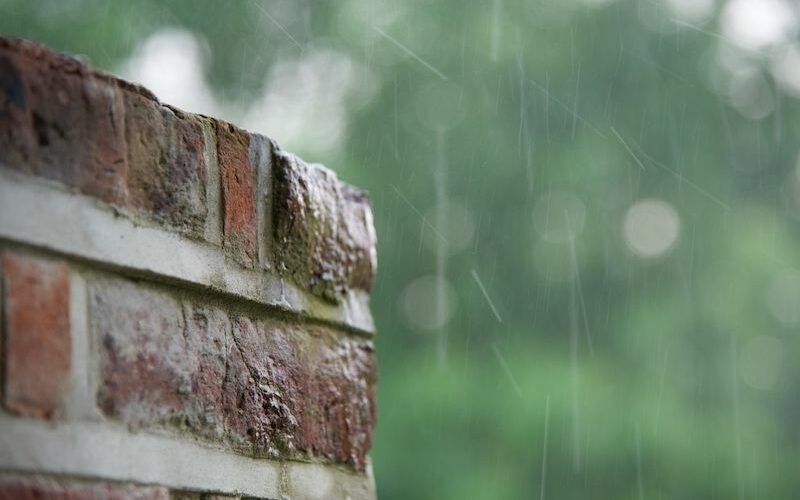Expert Plumbers Algarve: Solving Your Plumbing Needs with Portugal Tradesmen
Reliable Plumbers Algarve: Your Go-To Solution for Plumbing Services
When it comes to maintaining a functional and comfortable home or property in the Algarve, having reliable plumbing services is of utmost importance. From routine maintenance to emergency repairs, a skilled plumber can ensure the smooth operation of your plumbing system. In this blog post, we will explore the significance of professional plumbers in the Algarve and how Portugal Tradesmen can connect you with trusted experts for all your plumbing needs.

Why Choose Professional Plumbers in the Algarve?
Expertise and Knowledge:
Professional plumbers possess the necessary expertise, training, and experience to handle a wide range of plumbing issues. They can diagnose problems accurately, provide efficient solutions, and ensure that repairs or installations are carried out to the highest standards.
Comprehensive Services:
From leak detection and pipe repairs to fixture installations and drainage solutions, professional plumbers in the Algarve offer comprehensive services to address all your plumbing needs. Their knowledge extends beyond basic repairs, ensuring a thorough and reliable approach to any plumbing project.
Time and Cost Savings:
Hiring professional plumbers can save you valuable time and money. They have the necessary tools, equipment, and expertise to efficiently complete plumbing tasks, preventing potential complications and costly mistakes that can arise from DIY attempts.
Emergency Assistance:
Plumbing emergencies can occur at any time, causing significant disruptions and potential damage. Professional plumbers are available for emergency call-outs, providing prompt assistance to minimize the impact of unforeseen plumbing issues on your property.
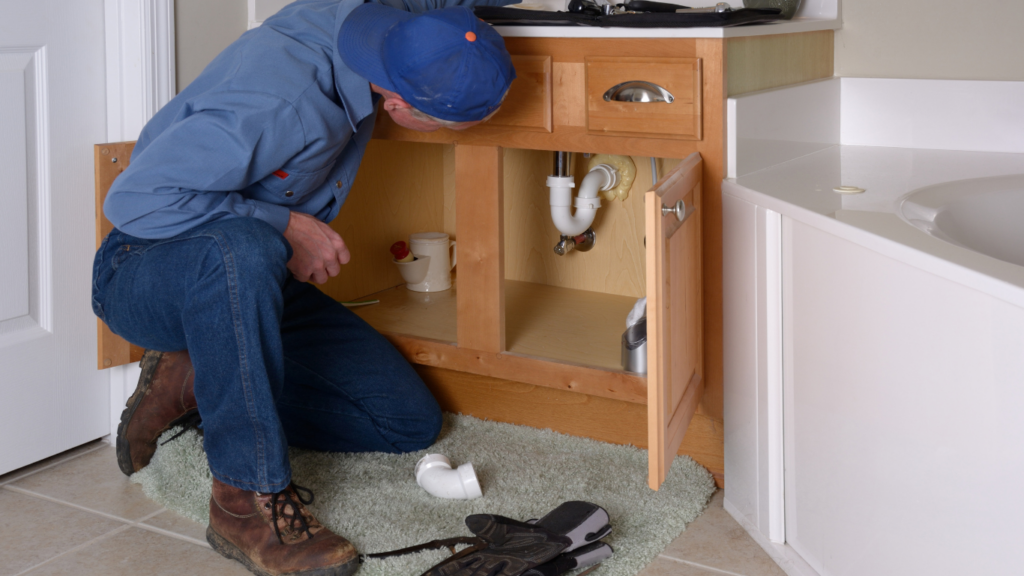
How Portugal Tradesmen Can Help:
At Portugal Tradesmen, we understand the importance of finding reliable and skilled plumbers in the Algarve. Our platform connects homeowners and property owners with trusted professionals who specialize in plumbing services. Here’s how we can assist you:
Extensive Network
We maintain a network of licensed and insured plumbers in the Algarve who have been thoroughly vetted for their expertise, reliability, and customer satisfaction. This ensures that you have access to qualified professionals who can deliver top-quality plumbing services.
Personalized Recommendations:
We listen to your specific requirements and match you with plumbers who specialize in the specific services you need. By understanding your project scope and preferences, we ensure that you receive personalized recommendations for the most suitable plumbers in the Algarve.
Quality Assurance:
We continuously evaluate the performance and customer feedback of the plumbers in our network to maintain a high standard of service. This enables us to recommend only the best professionals, providing you with peace of mind and reliable solutions for your plumbing needs.
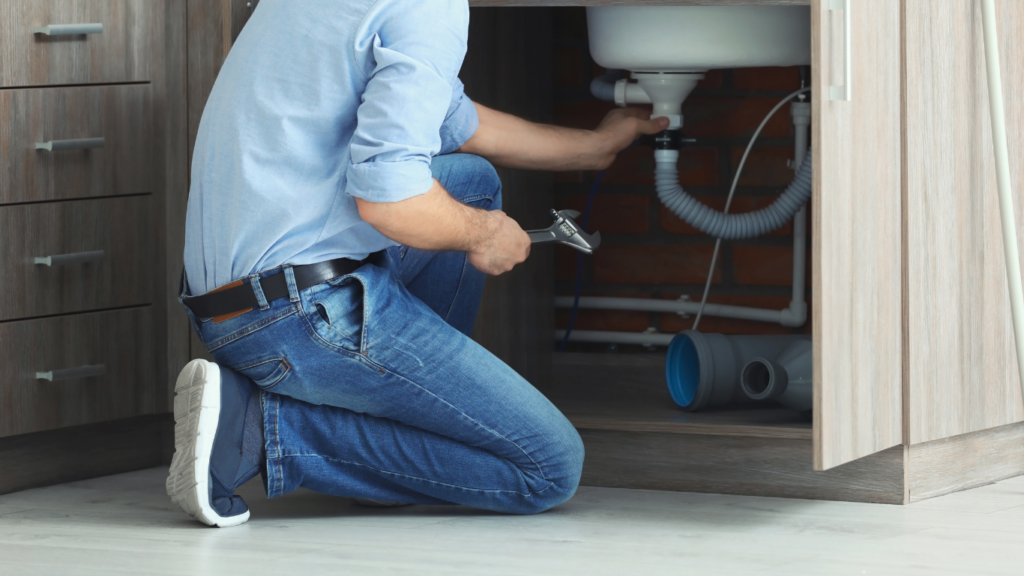
Having access to expert plumbers in the Algarve is crucial for maintaining a well-functioning plumbing system in your property. Portugal Tradesmen serves as your trusted resource, connecting you with skilled professionals who can address your plumbing needs efficiently and effectively. With their expertise, experience, and commitment to quality, the plumbers in our network can ensure the optimal performance and longevity of your plumbing infrastructure. Trust Portugal Tradesmen to find the right plumbers for your plumbing projects, and experience the convenience and peace of mind that comes with professional service.

